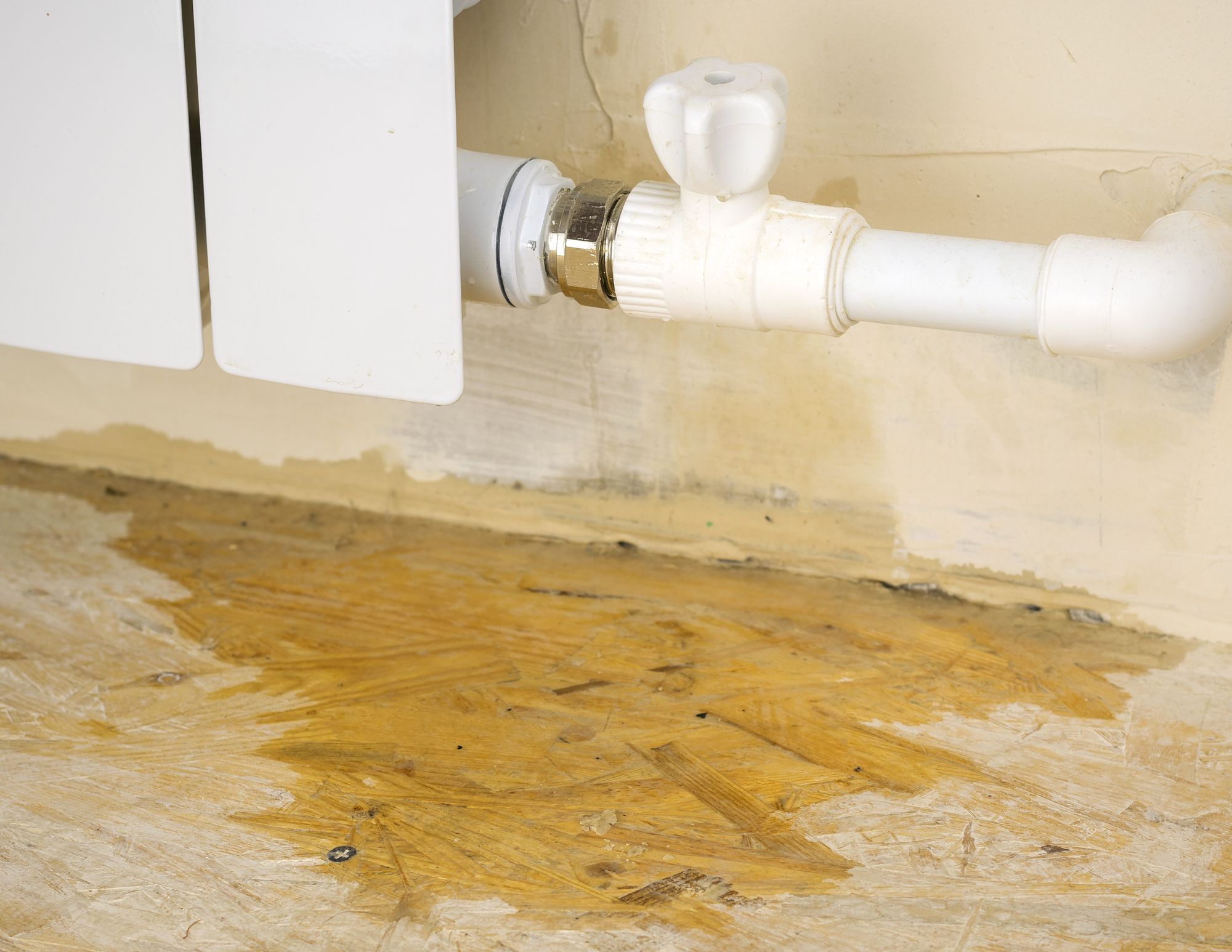Learning About Why Water Leaks Are So Common Within Your Residence
Learning About Why Water Leaks Are So Common Within Your Residence
Blog Article
Are you currently trying to find information around How to Find Water Leaks?

Leaks not only cause waste of water but can also cause unnecessary damages to your residence and also advertise undesirable natural development. Water leaks might go undetected given that many of the pipework in our house is hidden. By looking as well as understanding for daily situations that create leaks, you can shield your house from future leakages as well as unneeded damage. Today, we will certainly take a look at 6 leak creates that may be triggering your pipelines to drip.
Immediate temperature level adjustments.
Extreme temperature level changes in our pipelines can cause them to broaden and also contract all of a sudden. This expansion as well as tightening might cause fractures in the pipelines, especially if the temperature level are listed below freezing.
Corroded water systems
As time goes by, your plumbing system ages and also corrosion such as rust may start eating away the pipelines. This may be the source of staining or bending on your pipes. This asks for an inspection with your plumber right away. If our plumbing system is old, take into consideration changing the pipes because they are at a greater threat of deterioration than the newer models.
Malfunctioning Pipe Joints
The point at which your pipelines connect is regularly the weakest web link in the waterline. Pipeline joints can deteriorate over time, causing water leakages. However, most of pipeline joints are not quickly visible. If you have noisy pipelines that make ticking or banging sounds, specifically when the hot water is turned on, your pipe joints are most likely under a lot of pressure. It is suggested to have your plumber evaluate your system annually.
Elbowing in origins
The majority of water leaks start outside the home rather than inside it. You might observe damp patches or sinkholes in your backyard, as well as that could indicate that tree origins are getting into water lines creating water to permeate out.
Poor Water Connectors
Sometimes, a leakage can be caused by loose hoses and pipes that supply your devices. Generally, moving is what triggers the loose water Connections. You might locate when it comes to a washing device, a hose might spring a leakage due to drinking throughout the spin cycle. In case of a water connections leakage, you may notice water running straight from the supply line or puddles around your appliances.
Blocked Drains
Obstructed drains pipes may be frustrating and inconveniencing, however they can sometimes wind up creating an overflow resulting in burst pipelines. Maintain removing any materials that might decrease your drains pipes that can obstruct them to avoid such inconveniences.
All the above are reasons for leakages but not all water leaks result from plumbing leaks; some leakages could originate from roof covering leakages. All leakages must be repaired right away to avoid water damage.
Leakages not just cause waste of water but can additionally trigger unnecessary damages to your residence as well as promote undesirable natural development. By recognizing as well as looking for daily circumstances that trigger leaks, you can safeguard your home from future leakages and unnecessary damage. Today, we will certainly look at six leak triggers that may be creating your pipes to drip.
At times, a leakage can be triggered by loose hose pipes and also pipelines that provide your appliances. In case of a water connections leakage, you might notice water running directly from the supply line or puddles around your appliances.
How To Check For Water Leak In Your Home
How To Check for Leaks
The average household's leaks can account for nearly 10,000 gallons of water wasted every year and ten percent of homes have leaks that waste 90 gallons or more per day. Common types of leaks found in the home are worn toilet flappers, dripping faucets, and other leaking valves. These types of leaks are often easy to fix, requiring only a few tools and hardware that can pay for themselves in water savings. Fixing easily corrected household water leaks can save homeowners about 10 percent on their water bills.
To check for leaks in your home, you first need to determine whether you're wasting water and then identify the source of the leak. Here are some tips for finding leaks:
Take a look at your water usage during a colder month, such as January or February. If a family of four exceeds 12,000 gallons per month, there are serious leaks.
Check your water meter before and after a two-hour period when no water is being used. If the meter changes at all, you probably have a leak.
Identify toilet leaks by placing a drop of food coloring in the toilet tank. If any color shows up in the bowl after 10 minutes, you have a leak. (Be sure to flush immediately after the experiment to avoid staining the tank.)
Examine faucet gaskets and pipe fittings for any water on the outside of the pipe to check for surface leaks.
Undetected water leaks can happen without the home or business owner even realizing. If you suspect a water leak, but not able to find the source. It is time to contact a professional water leak detection service, The Leak Doctor.
How To Find a Water Leak In Your Home
https://www.leakdoctor.com/blog/How-To-Check-For-Water-Leak-In-Your-Home_AE197.html

I hope you enjoyed our section about How to Find Water Leaks. Thanks a lot for finding the time to read through our blog post. Sharing is good. One never knows, you may just be helping someone out. Thanks so much for your time invested reading it.
Quality solution? Call. Report this page